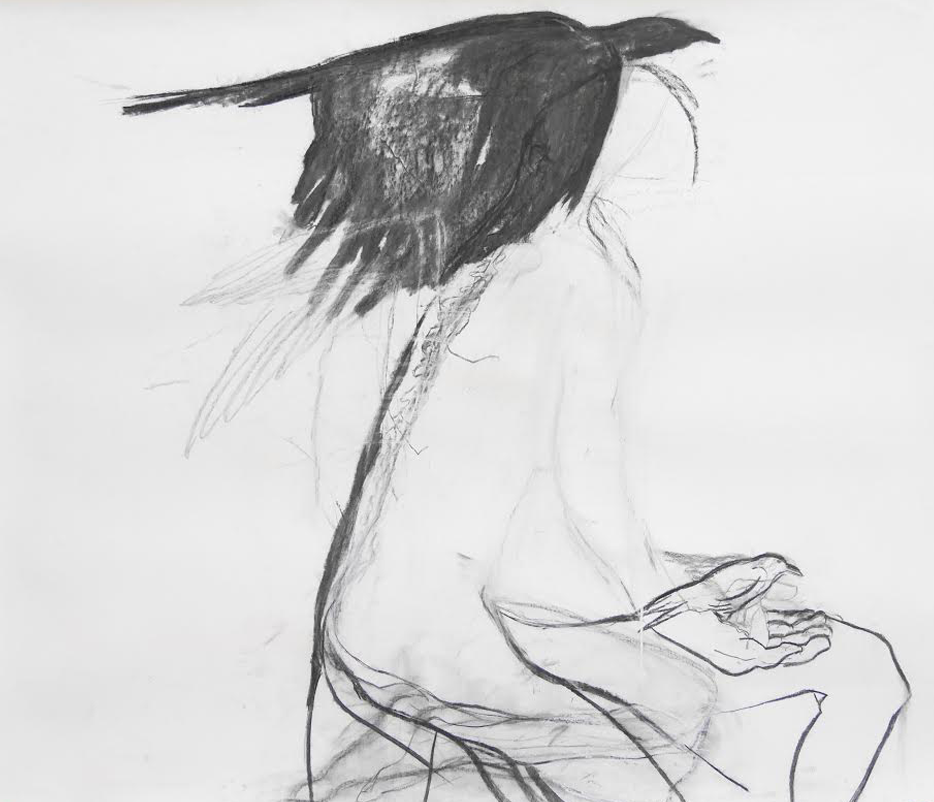REPORTER OF THE INNER WORLD
The magic in art theory
Magic has a complicated status in art appreciation, even though esotericism is closely linked with various pioneers of modern and contemporary art. Presumably one of the first abstract paintings, by Hilma af Klint, emerged in 1906 following a se?ance. Kandinsky, Malevich, Mondrian - three heavyweights of modern art were inspired by the supernatural. However, art theories do not generally speak of these supernatural sources that artists often openly refer to.
Marco Pasi, Professor at the University of Amsterdam in history of hermetic philosophy and related currents, suggests in his contribution to the book Coming Forth by Night: Contemporary art and the occult (2010), that the fear of occult references in art can be traced back to a vision where magic is a throwback to primitive human thinking before the age of enlightenment. This theory undermines the achievements of logical and scientific thinking by those involved in magical thinking.
Yet art transcends rationality and goes beyond rational thinking. Art makes us challenge the way in which society is ordered but is often looked upon critically and considered subversive Paradoxically that ever since the age of romanticism art is expected to go where ratios often get lost; more often by the same theorists who dislike spirituality. Because art should be critical and against-the-grain, and preferably subversively counterbalance the dominant collateral appearance of the moment. Because of this argument magic is regularly embraced in the art world, when it can be understood to be a protest against the rational, materialistic society.
